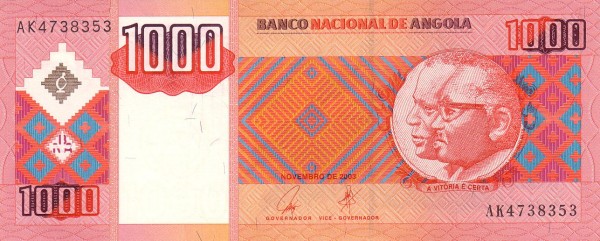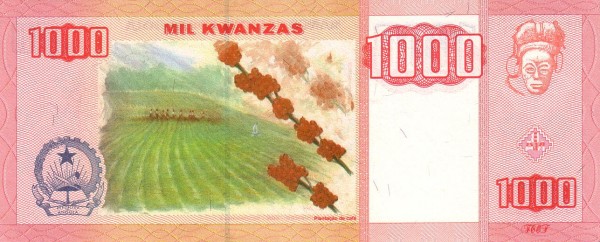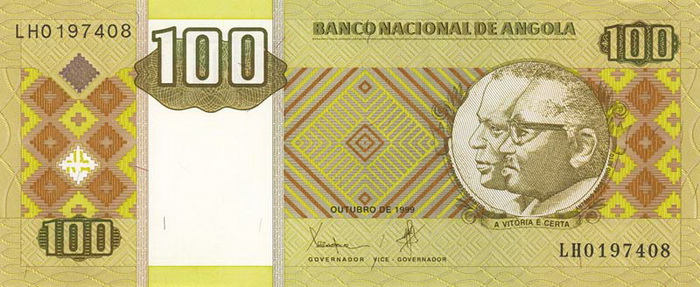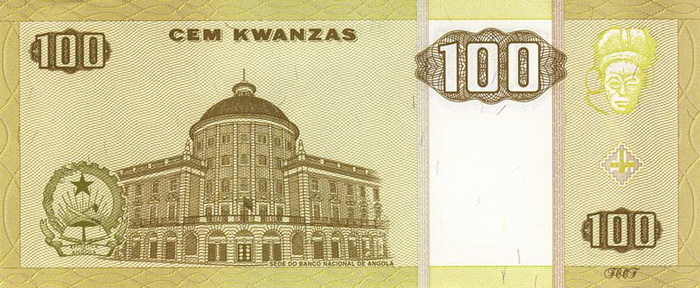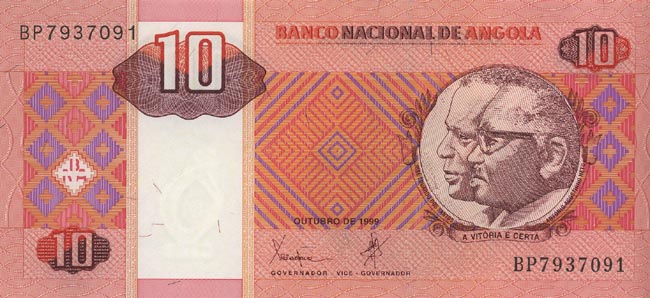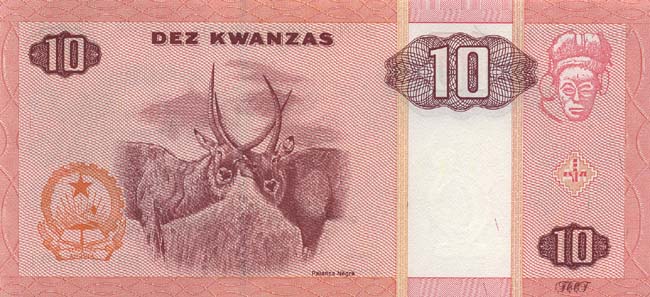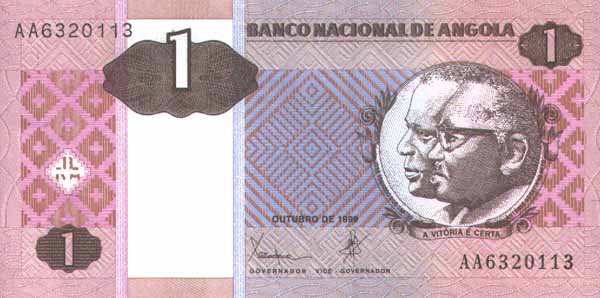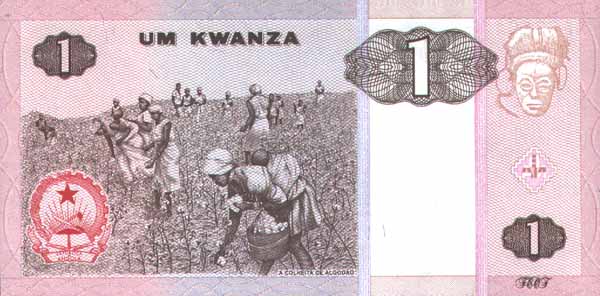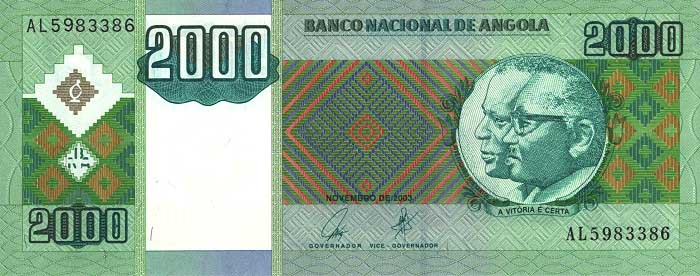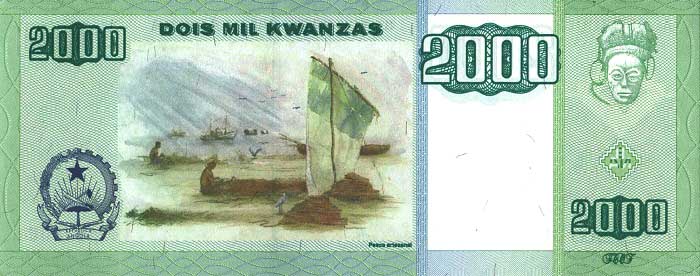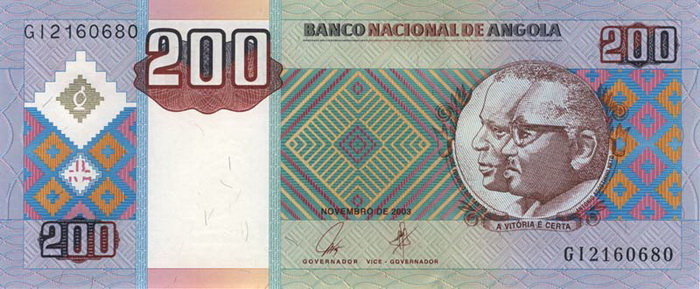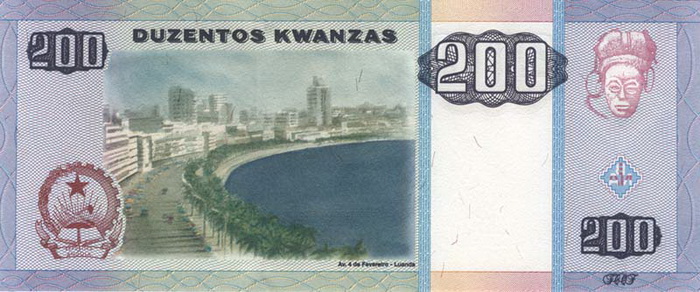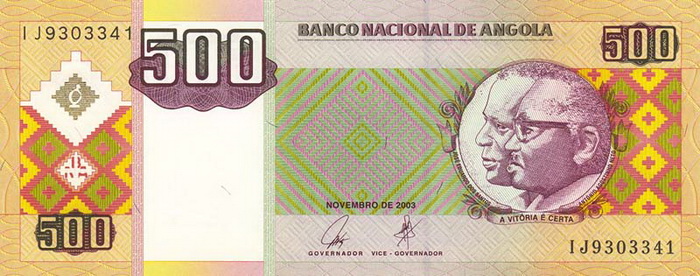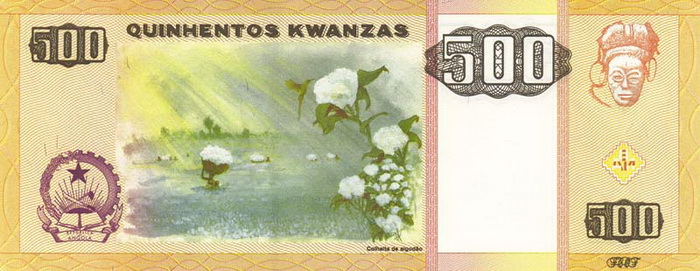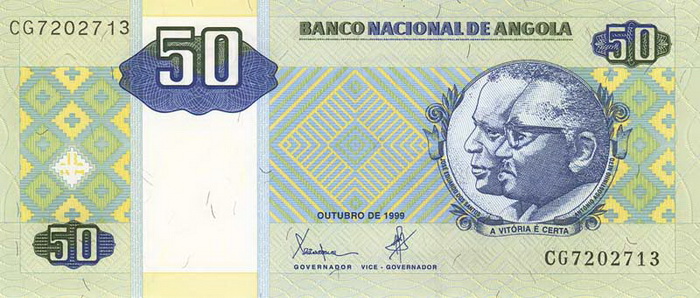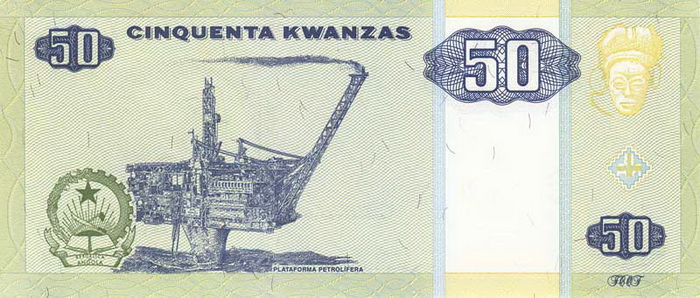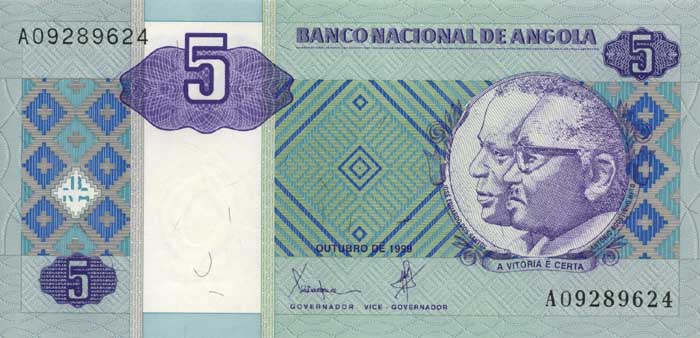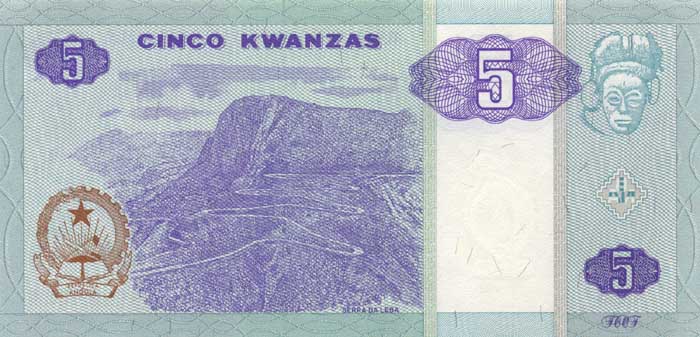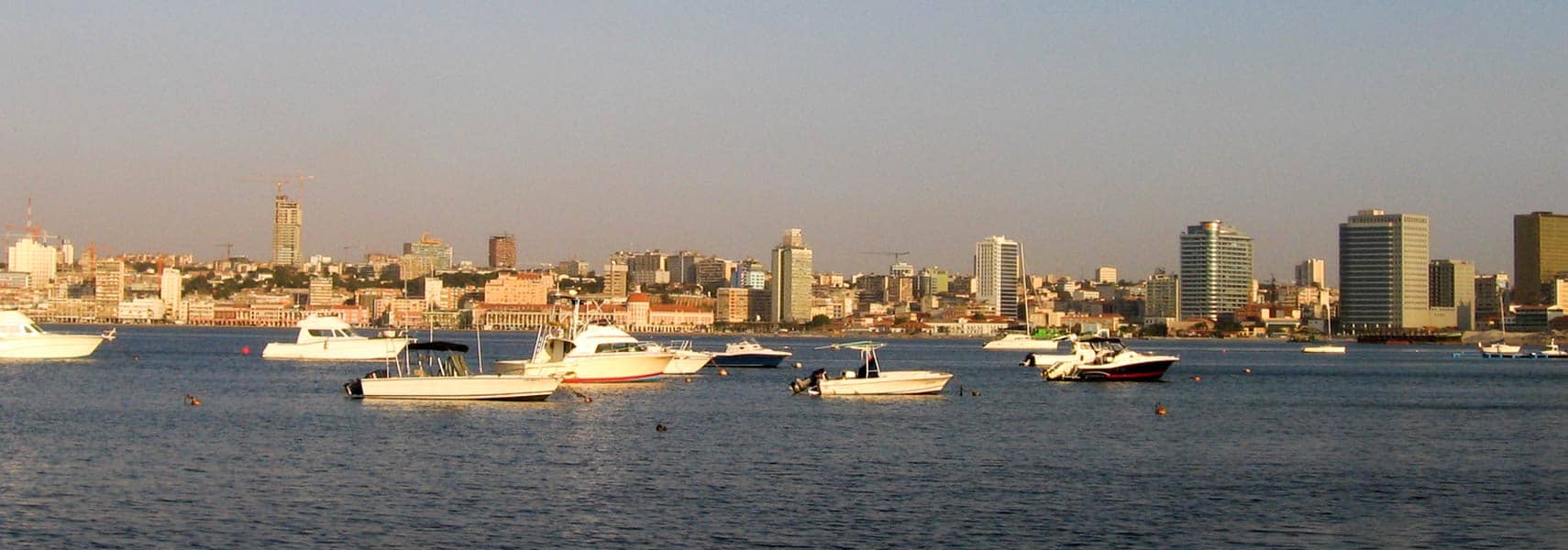Discovering Angola: A Jewel on the Atlantic Coast
Angola, located on the western coast of southern Africa, boasts a unique blend of natural beauty and rich cultural heritage. Surrounded by the Atlantic Ocean to the west and sharing borders with Namibia to the south, the Democratic Republic of the Congo to the north, and Zambia to the east, this nation offers a diverse landscape and vibrant ecosystems. Notably, the exclave province of Cabinda distinguishes itself, as it separates Angola from the Democratic Republic of the Congo and has borders with the Republic of the Congo.
The Expansive Terrain of Angola
Spanning an impressive area of 1,246,700 square kilometers, Angola impressively measures almost 14 times the size of Portugal, which previously colonized it. To provide a frame of reference, this is slightly less than twice the area of the U.S. state of Texas. In terms of geographic diversity, Angola features a narrow coastal strip, lush agricultural highlands, vast savannahs in the eastern and southern regions, and dense rainforests in the northern and Cabinda provinces. Consequently, this variety creates ideal living conditions for a myriad of species, both flora and fauna.
A Growing Population and Culture
As of 2024, Angola's population stands at approximately 35 million people. Luanda, the capital, serves as the largest city, bustling with life and energy. In addition, the country is a melting pot of cultures, with Portuguese as the official language alongside numerous Bantu languages, such as Kikongo, Kimbundo, Tchokwe, and Umbundo. This linguistic diversity reflects Angola's rich cultural fabric. While Christianity dominates with 93% of the population identifying as Christians, various indigenous beliefs still contribute to the country's spiritual landscape.
A Troubled Historical Background
Despite its beauty and potential, Angola has endured significant turmoil. Since gaining independence from Portugal in 1975, civil war has largely dictated life within its borders. The 1994 peace agreement between the Angolan government and the National Union for the Total Independence of Angola (UNITA) aimed to bring stability. Nevertheless, real progress remained elusive; serious fighting escalated once more in late 1998, displacing hundreds of thousands of people. Over a quarter-century of conflict may have tragically claimed 1.5 million lives. However, the death of notable leader Jonas Savimbi and a ceasefire with UNITA sparked hopes for a brighter future.
Political Framework and Governance
As a republic, Angola’s political landscape has evolved through times of chaos. President José Eduardo dos Santos held office from 1979 until a constitutional overhaul in 2010. Subsequent elections in 2012 reinstated him as president. The international community recognized Angola’s strides by electing it to a non-permanent seat on the UN Security Council for the 2015-2016 term. Such developments indicate an increasing commitment to stability and governance.
The Economic Landscape of Angola
Angola possesses abundant natural resources that bolster its economy. An impressive array of minerals, including petroleum, diamonds, iron ore, phosphates, copper, and gold, form the backbone of this country's wealth. Oil stands out as the principal export, accounting for the bulk of the nation's revenue. Despite a GDP per capita of approximately $7,200 as of 2023, the economic benefits remain unevenly distributed.
Industries and Agriculture
In addition to mining, Angola’s economy thrives on various industries. These include food processing, brewing, cement manufacturing, and textile production, all pivotal for job creation. Furthermore, Angola's agricultural sector produces bananas, sugarcane, coffee, corn, and livestock, among other products. This agricultural diversity supports local communities while contributing to the nation's export economy.
Trade and International Relations
Angola trades with a variety of international partners, primarily focusing on crude oil and diamonds for exports. In 2022, China served as the leading destination for Angolan goods, accounting for 40% of exports, followed by India, the Netherlands, France, and the UAE. Conversely, Angola imports machinery, electrical equipment, and various consumer goods, with China being its biggest supplier. This interplay of trade relationships exemplifies Angola's emerging position on the global stage.
An In-Depth Look into Daily Life in Angola
Life in Angola can be both vibrant and challenging. While urban areas like Luanda reflect modern advancements—including luxury goods and services—the stark contrast exists in rural regions, where poverty remains prevalent. Many communities face limited access to healthcare and education, despite the government’s efforts to improve literacy rates, which stood at 71% in 2015.
Cultural Richness and Traditions
Despite the challenges, an array of cultural traditions thrives. The rich Angolan music scene, especially genres like Semba and Kizomba, resonates deeply with its people. Additionally, traditional festivals provide a colorful display of dance, music, and art, linking generations together through shared experiences.
The Natural Beauty of Angola
The scenic landscapes of Angola continue to enchant visitors and locals alike. Angola's national parks, such as Kissama National Park and Iona National Park, showcase stunning wildlife and varied ecosystems that attract tourists and nature enthusiasts. These natural treasures highlight the importance of conservation efforts in preserving biodiversity for future generations.
The Future of Angola
Overall, Angola stands at a crucial juncture in its development. By addressing the remnants of its turbulent history and leveraging its natural resources responsibly, Angola can unlock the potential required for transformation. As a nation rich in cultural diversity and economic promise, the future looks brighter for Angola, albeit with challenges that lie ahead.
Largest cities of: Angola
| City Name | Population | Year of foundation | |
| Luanda | 8,300,000 | 1576 | |
| N'dalatando | 300,000 | 1910 | |
| Huambo | 150,000 | 1920 | |
| Lobito | 120,000 | 1920 | |
| Benguela | 90,000 | 1617 | |
| Malanje | 70,000 | 1844 | |
| Cuito | 60,000 | 1634 | |
| Saurimo | 55,000 | 1949 |
Angola: Money
